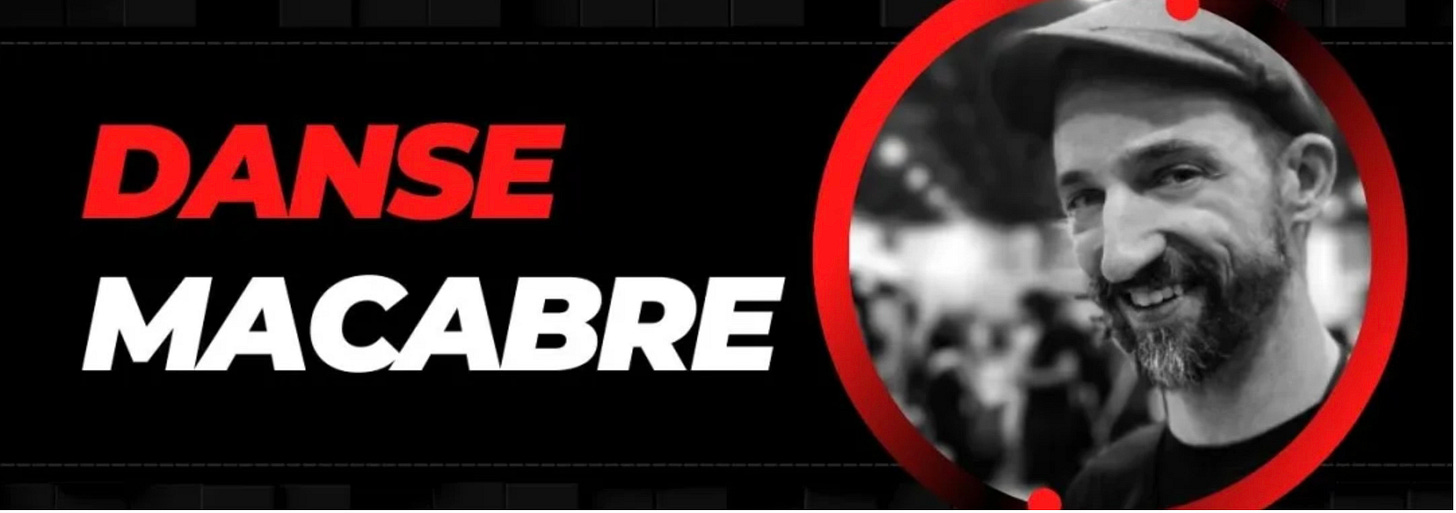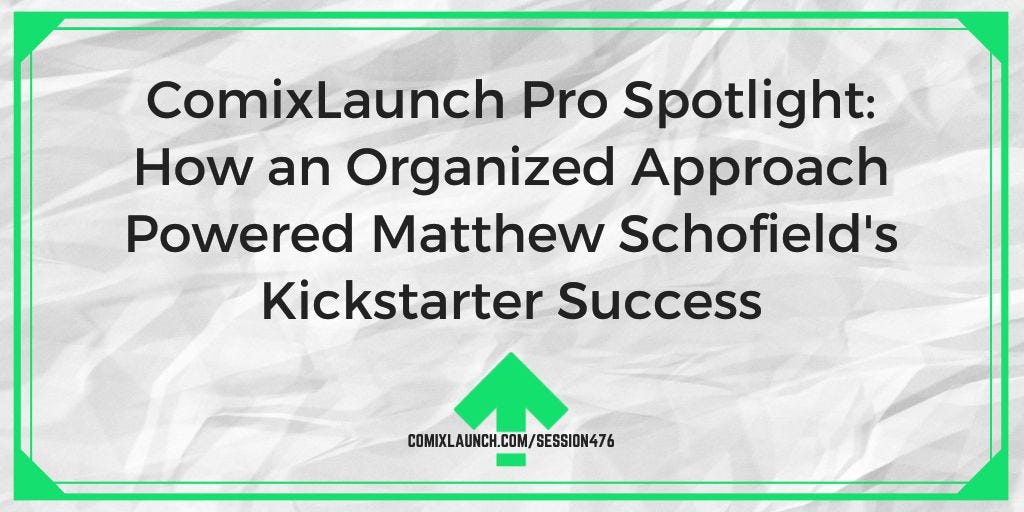Not to be crass, but I once made $20,000 for about five minutes of work.
It was a voiceover for a Coca-Cola/Six Flags commercial that played in a limited number of markets (those with a Six Flags, duh).
But it only played in movie theaters in those areas, before the previews started.
Which is to say, not a lot of people saw it.
(Relatively.)
Compare that with my anime voice-over work, which aired on a national network (Fox) and was seen by many, many more people.
And for which I was paid… not a lot.
And yet, here I am, nearly 20 years later, still dining out on it, as it were.
Being able to say I was a Teenage Mutant Ninja Turtle opens doors. And I’m asked to be a guest at conventions, meeting Yu-Gi-Oh and TMNT fans and making considerably more in a weekend than I would over several weeks of recording.
It’s also just plain nice to hear that someone traveled three hours just to meet you. Or that you were a big part of their childhood.
Those things have value, beyond the initial paycheck.
These were all things I thought of while reading editor Kris Simon’s excellent article about Working for Exposure:
It’s a great read—seriously, click the link above—but this bit in particular stood out to me (emphasis mine):
This brings me to my hot take. I think we all need to be a little bit more honest with ourselves when it comes to working for exposure. It’s not always bad. It sometimes CAN give you a leg up. It just depends on who is offering the exposure, and also where you are at in your life circumstances. If you can do it, I say do it. Getting published by Image Comics is essentially working for exposure. And it kind of works, if we’re being real about it…They don’t pay you, and they don’t even really market you, but it’s like an exclusive club that once you get into, and get that magical “I” on your book, the exposure will hopefully get you into Marvel or DC. Exactly the opposite of what the founders did.
There’s a lot to unpack there—least of which: the truth bomb that having a book at Image doesn’t mean boatloads of cash dumped in your driveway (that’s probably a topic for another day)—but the part I want to highlight goes back to my point:
If the right opportunity comes up, and there are tangible benefits beyond just the paycheck, those are things to consider too.
Because you might be dining out on it 20 years later.
(Which is a roundabout way of saying: I had a blast meeting TMNT and Yu-Gi-Oh! fans at Missouri Anime Festival this past weekend. I even sold some comics!)
Metropolis Mailbag
My last ‘stack on comics lettering garnered more response than usual…
Thanks to everyone who read, liked, commented or restacked! A smattering of responses below…
Ron Gravelle sez:
In a lot of cases the Letterer IS the proofreader, and the Letterer IS the Production Department.
Too many Indy Companies expect the Letterer to do both these jobs at no extra cost AND supply final Print ready files that can just be forwarded to the Printer.
So true. I can sort of see why an indie company would think the letterer would be well-versed in pre-press, even if they are two different skill sets using two different programs, but to expect them to be experts in grammar and spelling...? Very different job! Thanks for reading, Ron.
J. Michael Whalen types:
Great write up! I have had that book in my Amazon cart forever! I think you just convinced me to pull the trigger on it. An old professor of mine, Mark Kneece, wrote The Art of Comic Book Writing. Definitely worth checking out as well.
Thanks for reading! And I'll definitely check out Mark's book. Appreciate the recommendation.
Team Ninja Shark writes:
Going to bookmark this post for future reference.
Comic writing feels a bit like traffic control. Between giving the artist enough information to fully realize the setting and the action, to making sure to leave enough room for the dialog and sound effects. Then trying to manage pacing, and I like to use odd number pages to either scene break or build tension. It's a lot to manage while also trying to tell a compelling story.
You are so right...making comics is hard work, and all we can do is try our best with the knowledge we have and aim to get better every time. Thanks for reading!
Spooky Season!
It’s October, which means it’s officially time for playoff baseball all things horror!
Devilish David Schrader and I will be appearing in sunny Burbank, CA next weekend (October 11-13) for SON OF MONSTERPALOOZA.
Come fight the crowds who came to see Ozzy Osbourne and Bruce Campbell and buy some great comics from us instead!
Meanwhile, if you’re gearing up for October, here are a few links to help get you in the mood:
Over at the PartTime Fanboy podcast, our friend Kristian Horn has kicked off a month-long look at horror movies.
The first in the series features Monster Matador’s Steven Prince and Joe Slepski of the Joe-On-Joe Podcast talking about NIGHTMARE ON ELM STREET PART 3: THE DREAM WARRIORS, a little movie that had more than a little influence on DREAMQUEST.
This series promises to look at some excellent horror flicks over the next month, and I highly encourage you to subscribe to the podcast. Someone you know may be making an appearance there shortly…
Oh, and check out Steve Prince’s latest campaign for Monster Matador while you’re at it!
If you’re feeling more literary…
I’m greatly enjoying horror writer Tom Leveen’s deep (deep!) dive into Stephen King’s Danse Macabre. Check it out here:
And if you like your horror with a slice of “How To…”
Editor James Powell tells a (horror?) story about getting his HOUSE OF FEAR comic published by Dark Horse. It’s a great series you won’t want to miss if you’re a comics creator.
One Foot Out the Door
Hate to rush the ending, but I gotta cut this short and hop a plane for some top-secret shenanigans. If you’re lucky, maybe I’ll tell you about it…
Talk soon?
Clay
P.S. On a recent episode of the ComixLaunch Podcast, I spoke to Matthew Schofield about bringing his Steamroller Man comic to Kickstarter. Listen here:













Thank you so much for the shout-out, Clay!